All that plastic in the ocean is a climate change problem, too
Grist
OCTOBER 17, 2022
But unfolding alongside the “macroplastic” pollution crisis is another threat caused by much smaller particles: microplastics. Microplastics — tiny plastic fragments that are less than 5 millimeters in diameter, a little less than one-third the size of a dime — have become ubiquitous in the environment.


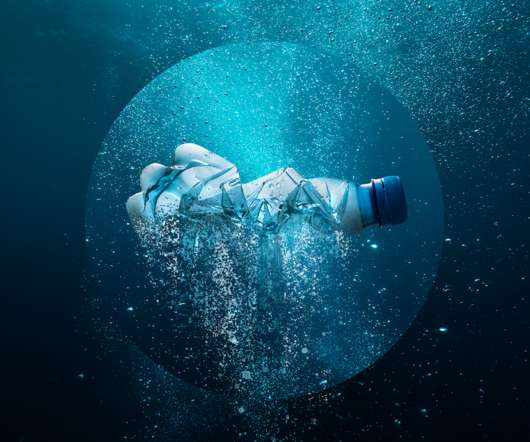
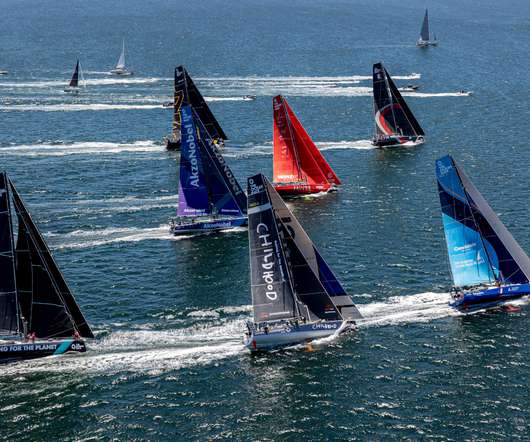
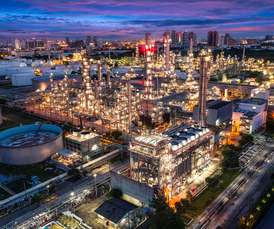



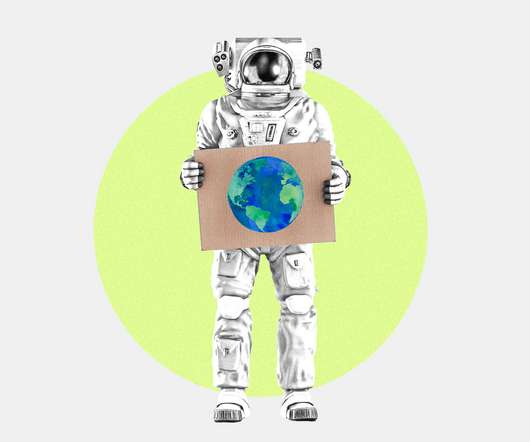
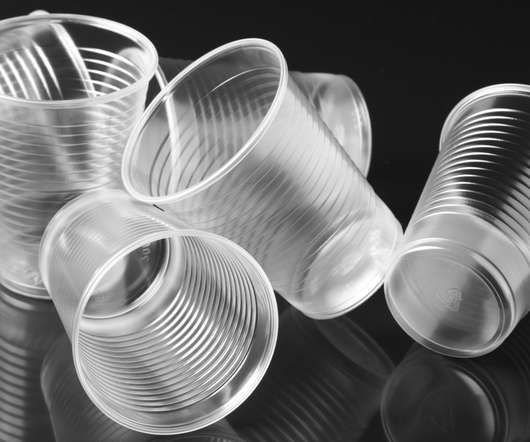


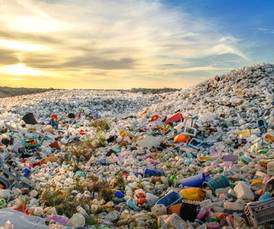

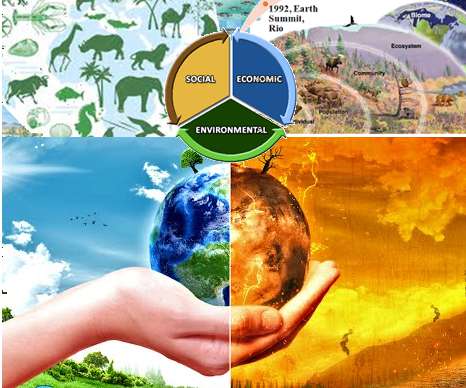








Let's personalize your content